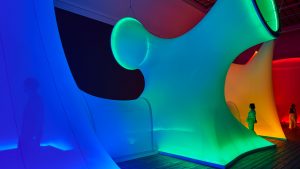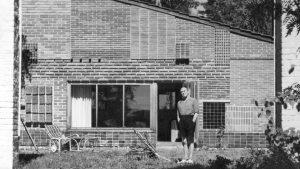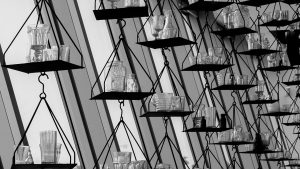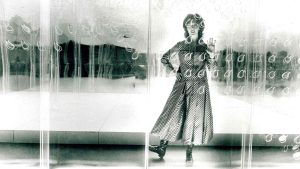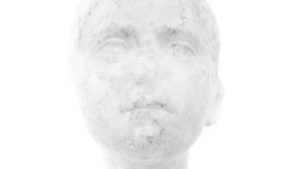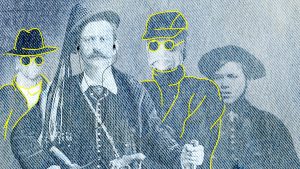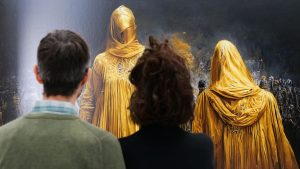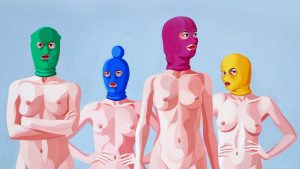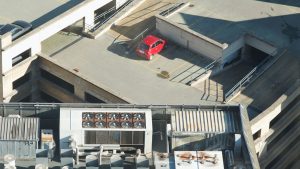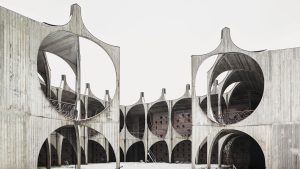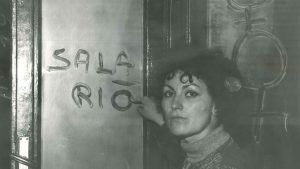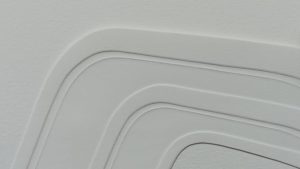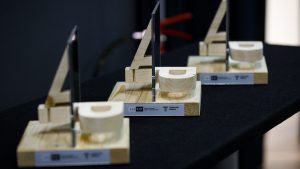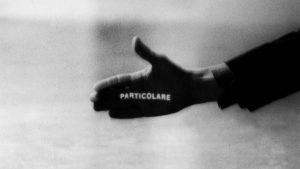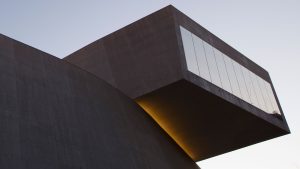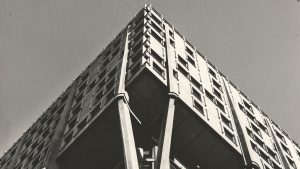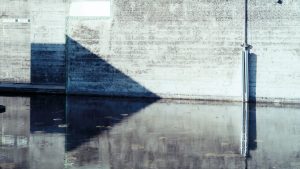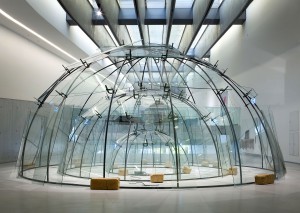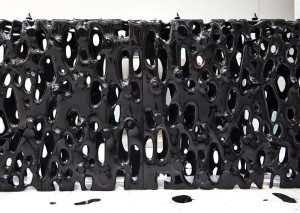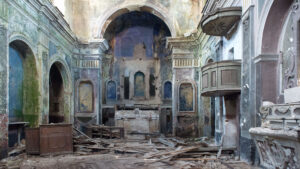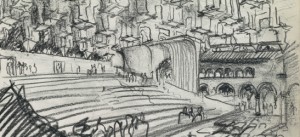Sacripanti, Maurizio
Maurizio Sacripanti (1916-1996) graduated in Rome in 1942 and after only a few years, he won first prize in the competition for the refurbishment of Piazza Garibaldi in Perugia. Sacripanti’s pioneering inventiveness was the most outstanding feature of his architectural design career. Following the construction of a few residential complexes built in a clearly rationalistic manner, during the 1960s, Sacripanti began to experiment with a kind of architectural language that led to the breaking up of volumes. An example of this mode can be seen in the volumetric erosion work that was carried out on the Peugeot skyscraper in Buenos Aires (1961). The architectural competitions for the construction of the theatres in Cagliari (1964/65) and Forlì (1974/77) highlighted his inclination for the mobile stage space and theatrical equipment, a new interpretation of the Gropiusian “total theatre”. In his design he also introduced architectural elements that recalled the formal language of Louis Kahn. The theme of volumetric articulation can be recognized as well in the schools built in Molfetta and Sant’Arcangelo di Romagna in the 1970s and 1980s. The quest for the material meaning of architecture is expressed by means of his pursuit for a rough expression within the drawings themselves, and above all in his passion for the plastic expressiveness of reinforced concrete. An important series of Sacripanti’s projects has been acquired in 2011 to become part of the MAXXI Architettura collection.
Maurizio Sacripanti, Progetto per il Teatro comunale di Forlì, 1977/89 (part.)


